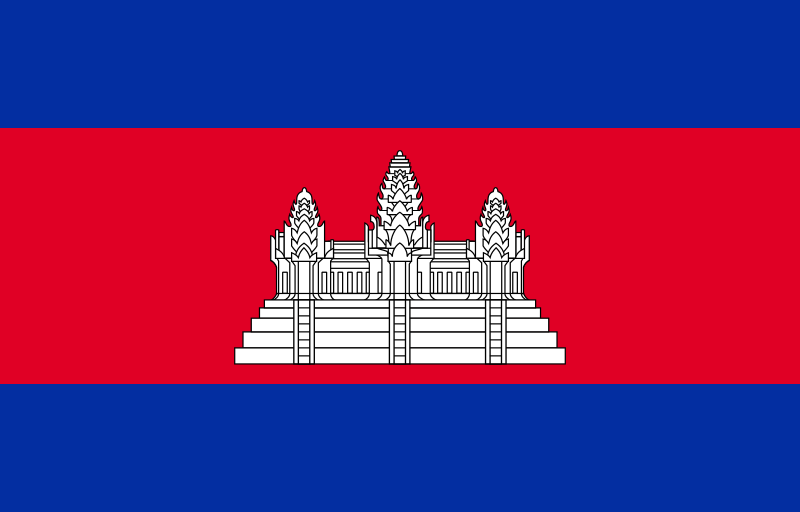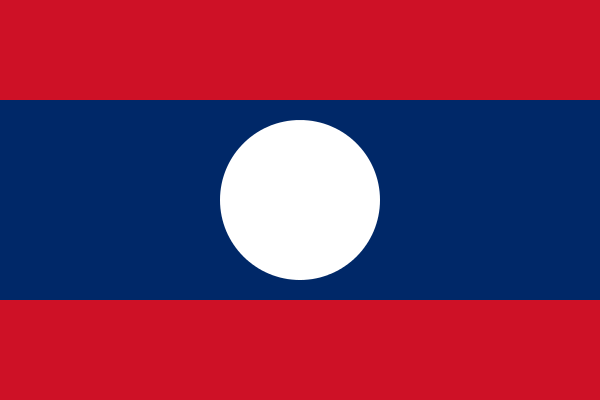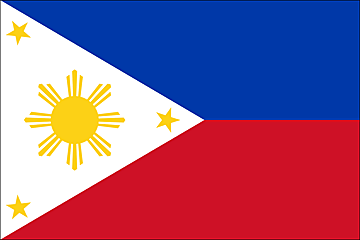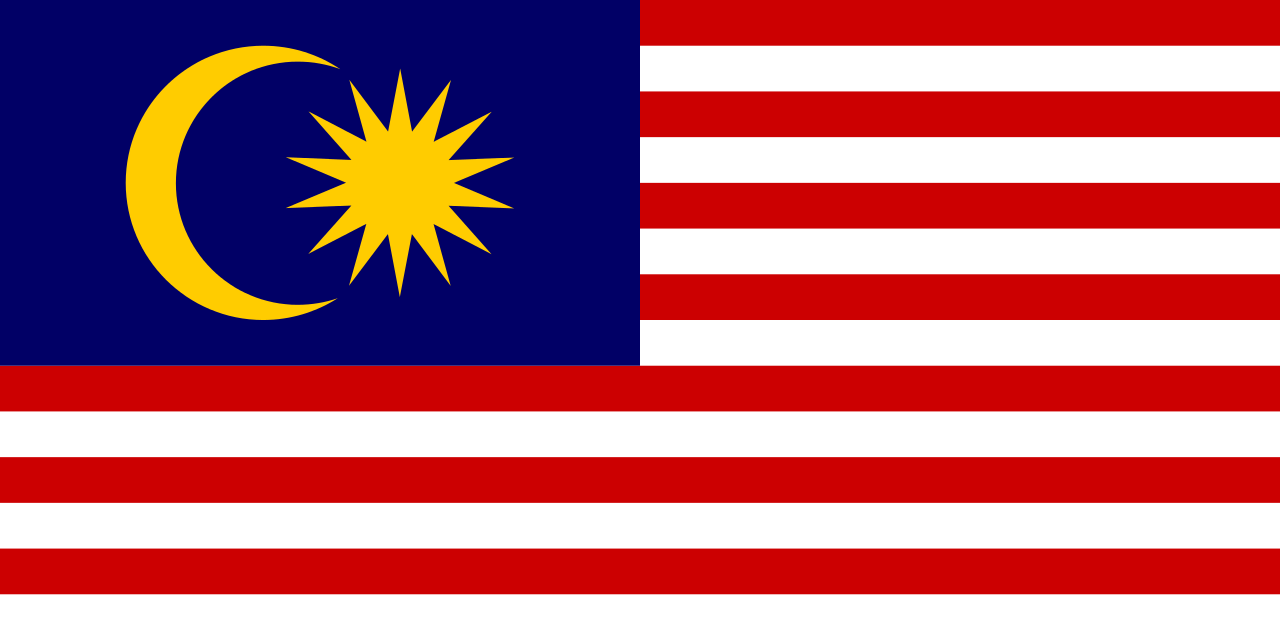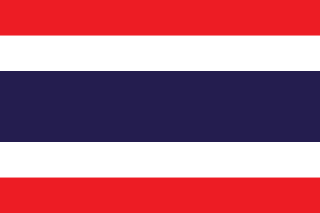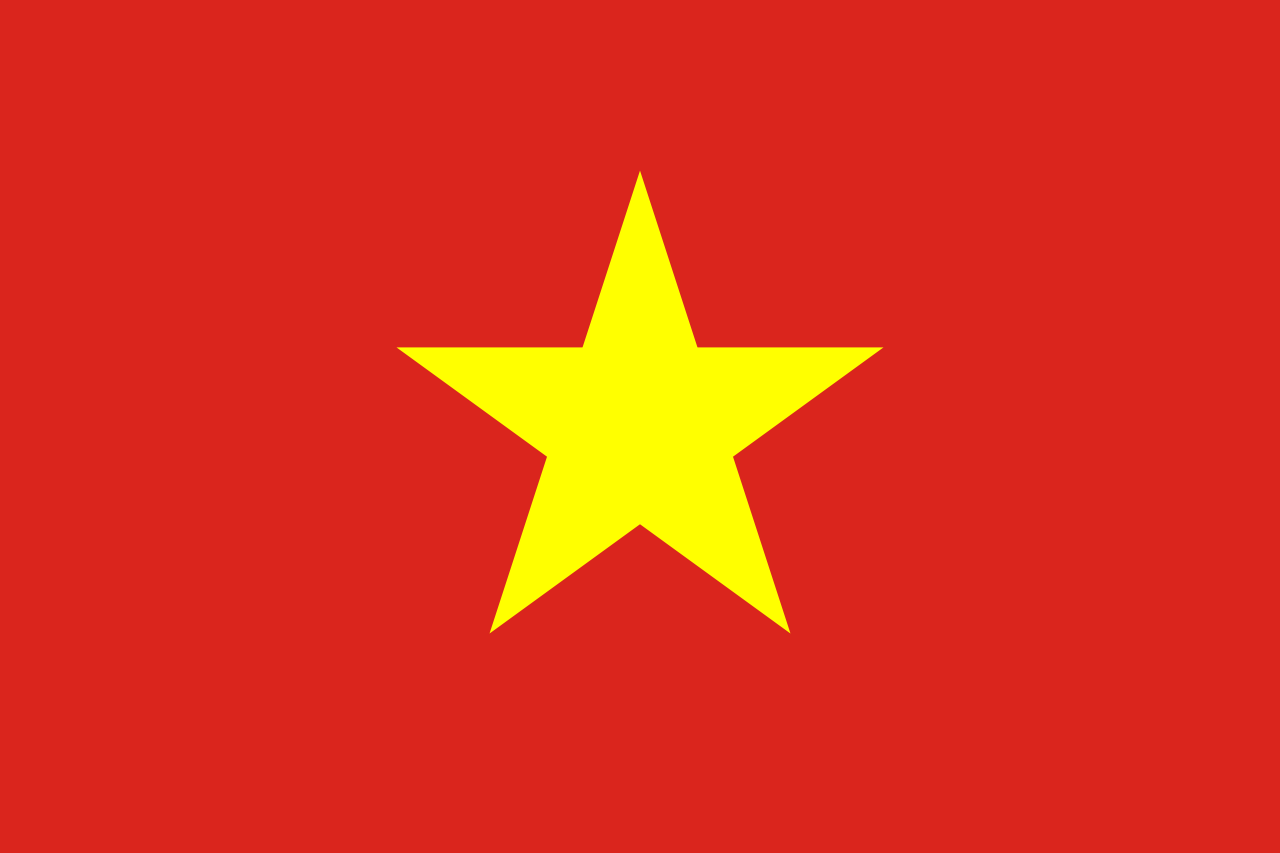China-ASEAN Cost of Business Comparisons – Executive Summary
We have just completed our nine part series on the cost of doing business in ASEAN compared with China. The nine country comparisons (see below for all links) detail cost of labor and taxes, together with bilateral trade profiles between China and Cambodia, Laos, Indonesia, Malaysia, Philippines, Thailand and Vietnam. Brunei was omitted from the series as it is of limited interest to foreign investors except in the oil and gas fields, while Singapore was compared directly to operational costs in Hong Kong.
As the operational cost of doing business in China continues to rise, some of the ASEAN nations start to become attractive. But which ones? The ASEAN-China Free Trade Agreement impacts on some countries in different ways, and not all ASEAN members are in AEC compliance as yet. Plus there are labor issues such as education and workplace capabilities to consider. Also, some ASEAN countries wage levels are not so far behind China. So where to go as a China alternative is a complex issue.
What the series does do is demonstrate there is a developmental hierarchy amongst ASEAN nations. I feel that Singapore and Malaysia are developing extremely well in hi-tech and back office capabilities. These are the support centers for ASEAN. Indonesia, Malaysia, Philippines, Thailand and Vietnam all have great potential for foreign investment manufacturing to then both re-export back to the China market under the ASEAN-China FTA, while Cambodia, Laos and Myanmar all face serious infrastructure issues and will take at least a decade to reach potential.
ASEAN At A Glance
- Manufacturing, Financial & Support Services: Singapore & Malaysia
- Global Manufacturing: Indonesia, Malaysia, Philippines, Thailand & Vietnam
- Just Getting Started: Cambodia, Laos & Myanmar
Concerning the latter three states, it should be noted that none of them are currently in AEC compliance, which is supposedly due at the end of this year. That means that they have not yet reduced tariffs on imported goods, which also affects their free trade status with China in particular. I suspect these three countries may miss the end of year compliance deadline, as none of them have manufacturing capabilities strong enough to withstand the onslaught of tariff-free cheap Chinese goods that would then result. I wrote about the AEC Compliance deadline and its impact here.
That doesn’t mean that investment from China and other ASEAN nations isn’t going into these countries. But it does mean that they may not yet be economically strong enough to be part of the full ASEAN story just yet. Myanmar in particular has extensive problems with human capital, they have plenty of people, but hardly any of them have any training beyond local subsistence farming. That is a problem when it comes to organizing a labor force.
![]() RELATED: Dezan Shira & Associates’ Pre-Investment and Entry Strategy Advisory
RELATED: Dezan Shira & Associates’ Pre-Investment and Entry Strategy Advisory
Concerning ASEAN’s regional trade, a key factor is the Free Trade Agreements ASEAN has with China, India and Australasia. These are key game changers. The China-ASEAN FTA is already reshaping where and when China based manufacturers and sourcing agents do business in Asia. Not everything can now be manufactured to quality standards and at inexpensive production costs in China. That agreement is shifting the global supply chain. The ASEAN-India agreement is still being developed; services has recently been added to that and this will assist Indian entrepreneurs. It would be possible for example for an Indian company to set up a manufacturing plan in ASEAN and then sell their production, duty free, to China. Australians too have been so concentrated on their recent FTA with China their ASEAN FTA has largely been overlooked. Yet it is worth a huge amount to the Australian economy. For example, the amount of iron ore required in ASEAN to upgrade infrastructure is double that which China committed in the financial crisis and which in its own right set off a mini construction boom. After China, ASEAN and India are the next great Asian opportunities.
Overall, the series paints a comprehensive picture of the development state of ASEAN as it is today. For China based manufacturers looking to relocate part or all of their production, the likes of Indonesia, Malaysia, Philippines, Thailand and Vietnam can each be considered. In addition to this, it is becoming apparent that in order to properly run and develop an ASEAN operation, and especially if there is likely to be more than one location involved, Singapore and Kuala Lumpur are the service centers to consider.
Dezan Shira & Associates meanwhile can assist with country cost comparisons and dig deeper for corporate bespoke intelligence. Please contact the firm at asia@dezshira.com
|
Links to the other articles in this series are as follows: |
||||||||||
|
Asia Briefing Ltd. is a subsidiary of Dezan Shira & Associates. Dezan Shira is a specialist foreign direct investment practice, providing corporate establishment, business advisory, tax advisory and compliance, accounting, payroll, due diligence and financial review services to multinationals investing in China, Hong Kong, India, Vietnam, Singapore and the rest of ASEAN. For further information, please email asean@dezshira.com or visit www.dezshira.com. Stay up to date with the latest business and investment trends in Asia by subscribing to our complimentary update service featuring news, commentary and regulatory insight. |
 The Asia Sourcing Guide 2015
The Asia Sourcing Guide 2015
In this issue of Asia Briefing, we explain how and why the Asian sourcing market is changing, compare wage overheads, and look at where certain types of products are being manufactured and exported. We discuss the impact of ASEAN’s Free Trade Agreements with China and India, and highlight the options available for establishing a sourcing and quality control model in three locations: Vietnam, China, and India. Finally, we examine the differences in quality control in each of these markets.
The 2015 Asia Tax Comparator
In this issue, we compare and contrast the most relevant tax laws applicable for businesses with a presence in Asia. We analyze the different tax rates of 13 jurisdictions in the region, including India, China, Hong Kong, and the 10 member states of ASEAN. We also take a look at some of the most important compliance issues that businesses should be aware of, and conclude by discussing some of the most important tax and finance concerns companies will face when entering Asia.
 Manufacturing Hubs Across Emerging Asia In this issue of Asia Briefing Magazine, we explore several of the region’s most competitive and promising manufacturing locales including India, Indonesia, Malaysia, Singapore, Thailand and Vietnam. Exploring a wide variety of factors such as key industries, investment regulations, and labor, shipping, and operational costs, we delineate the cost competitiveness and ease of investment in each while highlighting Indonesia, Vietnam and India’s exceptional potential as the manufacturing leaders of the future.
Manufacturing Hubs Across Emerging Asia In this issue of Asia Briefing Magazine, we explore several of the region’s most competitive and promising manufacturing locales including India, Indonesia, Malaysia, Singapore, Thailand and Vietnam. Exploring a wide variety of factors such as key industries, investment regulations, and labor, shipping, and operational costs, we delineate the cost competitiveness and ease of investment in each while highlighting Indonesia, Vietnam and India’s exceptional potential as the manufacturing leaders of the future.
- Previous Article The Cost of Business in Vietnam Compared With China
- Next Article State By State – ASEAN and Rhode Island

